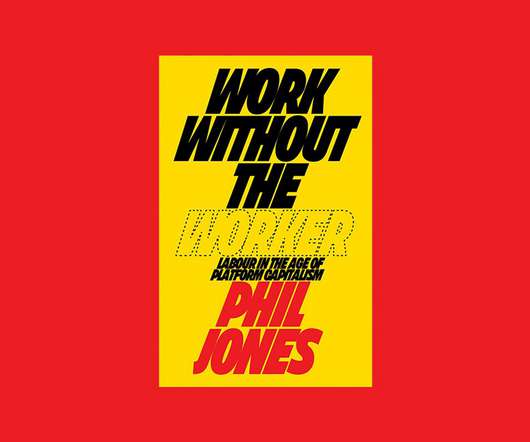Economically, open looks better than closed
Zen and the Art of Nonprofit Technology
SEPTEMBER 13, 2007
Here’s a tidbit of a Infoworld report about the study: By one measure — “value added,&# which the report defines as “an industry’s gross output minus its purchased intermediate inputs&# — the fair use economy is greater than the copyright economy. economy by copyright industries amounts to $1.3












Let's personalize your content